
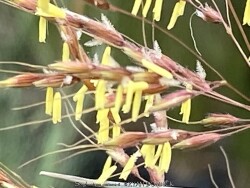

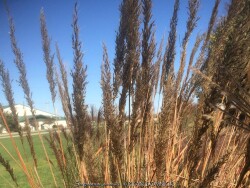

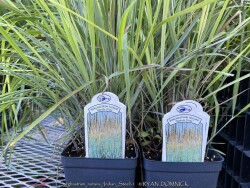
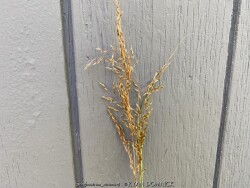
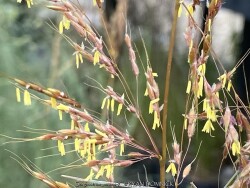
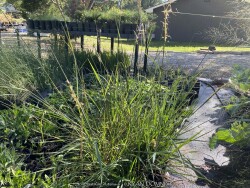
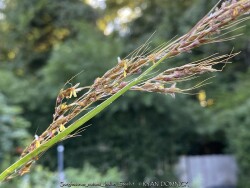
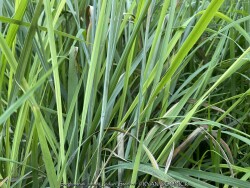
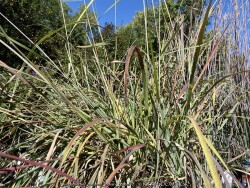
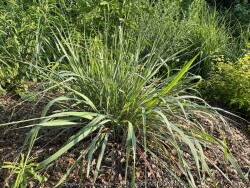

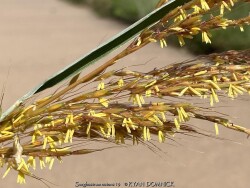
Plant Min Zone: 4a
Plant Max Zone: 9a
Sunlight: All Day Full Sun, Full Sun
Water / Rainfall: Low, Average
Soil Quality: Poor, Average
Bloom Season: Late Summer, Fall
Flower Color: Yellow, Bronze
Berry / Fruit Color: Brown-Beige
Spring Foliage Color: Bluish Green, Purple
Summer Foliage Color: Bluish Green, Purple
Fall Foliage Color: Orange, Beige
Evergreen Foliage: No
Winter Interest: Yes
Scented Flowers: No
Drought Tolerance: Medium
Wet-Feet Tolerance: Low
Humidity Tolerance: Low, Medium
Wind Tolerance: High
Poor Soil Tolerance: Clay Soils
Height: 4' - 6'
Width: 2' - 3'
Growth Rate: Medium
Service Life: Medium: 3-5 years
Maintenance Need: Low
Spreading Potential: Low
Yearly Trimming Tips: Trim Ornamental Grass to Ground in Early Spring before New Growth: Has Winter Interest.
Plant Grouping Size: Medium Grouping of 5-10, Mass Planting of 10 or more
Best Side of House: South Exposure, West Exposure
Extreme Planting Locations: Survives Severe Drought, Resistant to Rabbits, Top of Retaining Wall Locations
Ornamental Features: Long Lasting Fall Color, Fine Texture, Exceptional / Colorful Foliage
Special Landscape Uses: Erosion Control
Possible Pest Problems: Foliage Disease, Stem/Crown Disease, Root Rot Disease
Plant Limitations: None
Shippable in 2026: YES
Indian Grass (Sorghastrum nutans) is easily grown in average, dry to medium, well-drained soils in full sun. It is tolerant of a wide range of soils and growing conditions but tends to flop in rich moist soils. This ornamantal grass is a tall, Kansas native, perennial, warm season grass that dominates much of the tall grass prairie extending into the Flint Hills. In fact, Indiangrass, Big bluestem, Little bluestem, and Switchgrass comprise 75% of the species in this ecosystem. It may be grown as an ornamental grass because of its attractive foliage which changes color seasonally along with its good architectural height and its interesting yellow flower/seed heads. Indian Steel Indian Grass (Sorghastrum nutans 'Indian Steel') has improved bluish green foliage that turns yellow in fall and retain some gold color throughout the winter. Feathery panicles of tan-yellow flowers appear well above the foliage in late summer to early fall adding winter interest